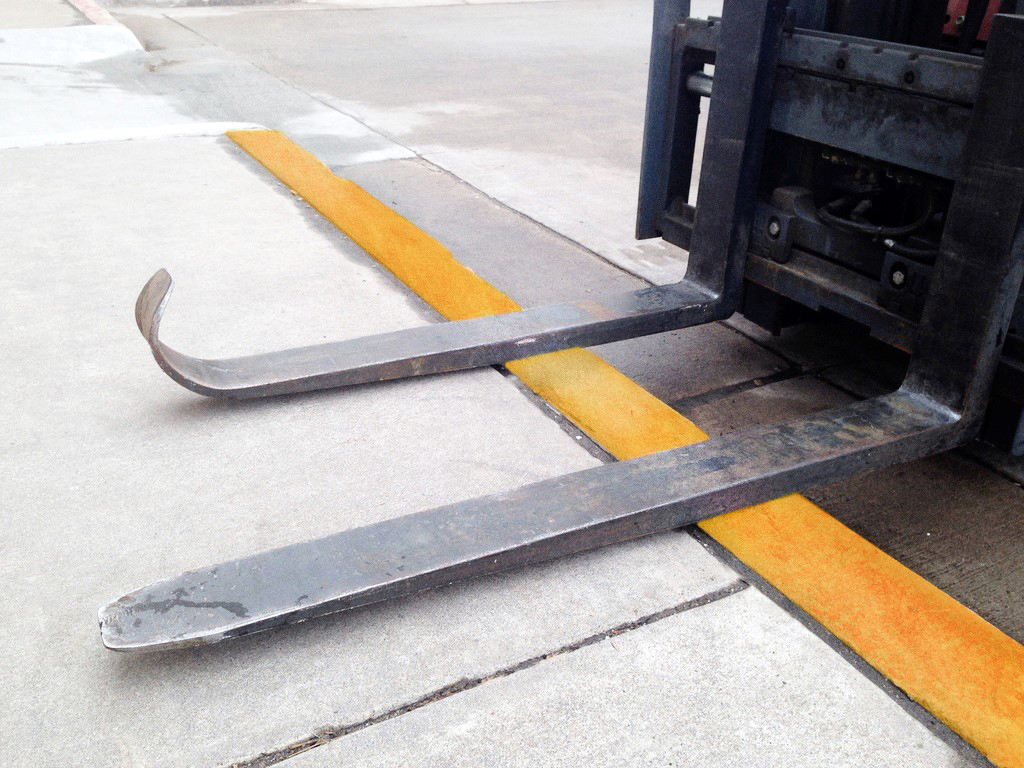
“What’s the trick to get my forks to last longer?” It’s a simple question that our customers ask from time to time. There’s not one simple answer through; there’s several. Preventing fork damage starts with selecting the right forks and continues day-in and day-out with utilizing best operational practices. The following are our top 5 tips to preventing fork damage.
- Always go with quality. There’s a reason this is at the top of our list. The best way to prevent fork damage is to start with the highest quality steel you can outfit your vehicle with during the purchasing process. Don’t just look at price; look at the composition of the steel the fork is made out of. Arrow, for instance, uses 15B37H carbon-boron alloy steel that’s been heat-treated throughout the fork for increased strength. This steel has been proven to better withstand impact and adverse temperatures compared to 40CR steel.
- Be conscious of load capacity. Nothing damages forks faster than giving them more weight than they can handle. Lifting loads that are beyond the capacity rating can not only permanently damage your forks, it can lead to tipping your vehicle, which can injure the operator and damage the forklift. Always consider the load capacity of your fork BEFORE lifting. A miscalculation can be costly.
- Know your workspace. A good pair of forks can instantly be ruined as the result of a collision. This is why we stress that operators take the time to thoroughly familiarize themselves with their warehouse layout and identify potential troublesome areas. Be mindful of high traffic intersections of the warehouse and places where space is tight, and therefore, requires a more cautious approach. Safety should always be at the forefront of the operator’s mind.
- Heel protection. As every operator knows, the heel of the fork is the most critical part in terms of what bears the majority of load weight. Once the heel is compromised, it’s not going to be long before the entire fork needs to be replaced. That’s why it’s important to protect the heel by minimizing instances of dragging or impact. For impact protection, we recommend buying our Fork Shields, which are specifically designed to protect the inner heel of your forks from nicks, gouges, and accidental damage resulting in stress cracks.
- Always use best operational practices. The best way to prevent fork damage is to always make sure you’re using them properly. This means not letting your forks hit the ground, always using both forks for lifting (not just one), and never using your forks for anything other than lifting. Proper fork usage is one of the best damage prevention measures and operator can take.
We hope you found these five tips on preventing fork damage helpful. As always, if you have any questions or would like to make a purchase, please give us a call at 800-821-7563 and one of our sales associates will be happy to assist you.
